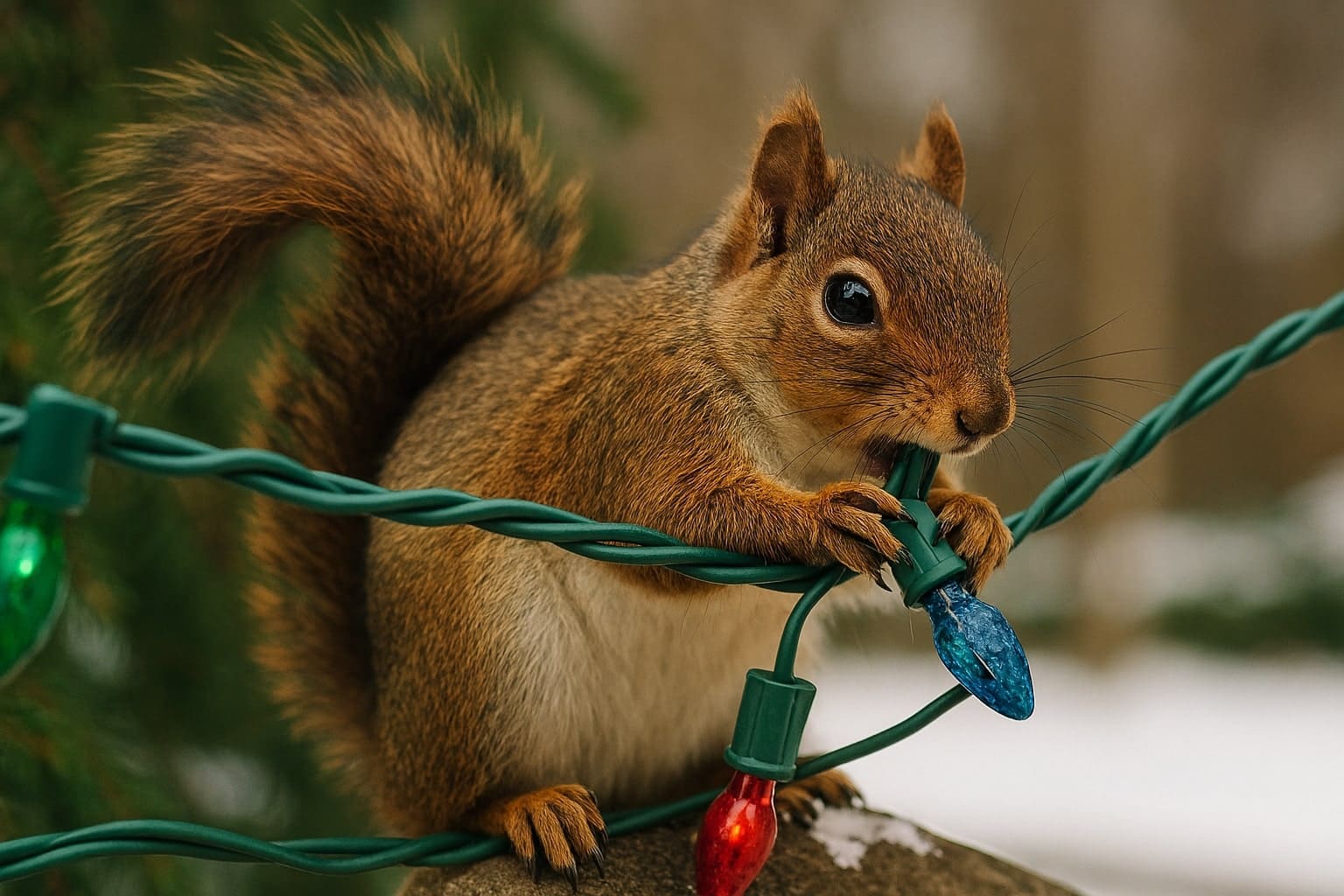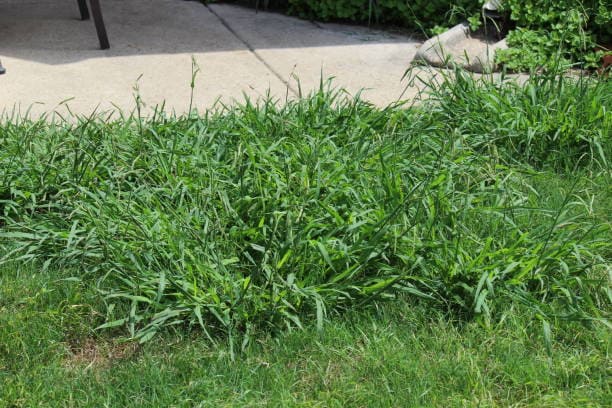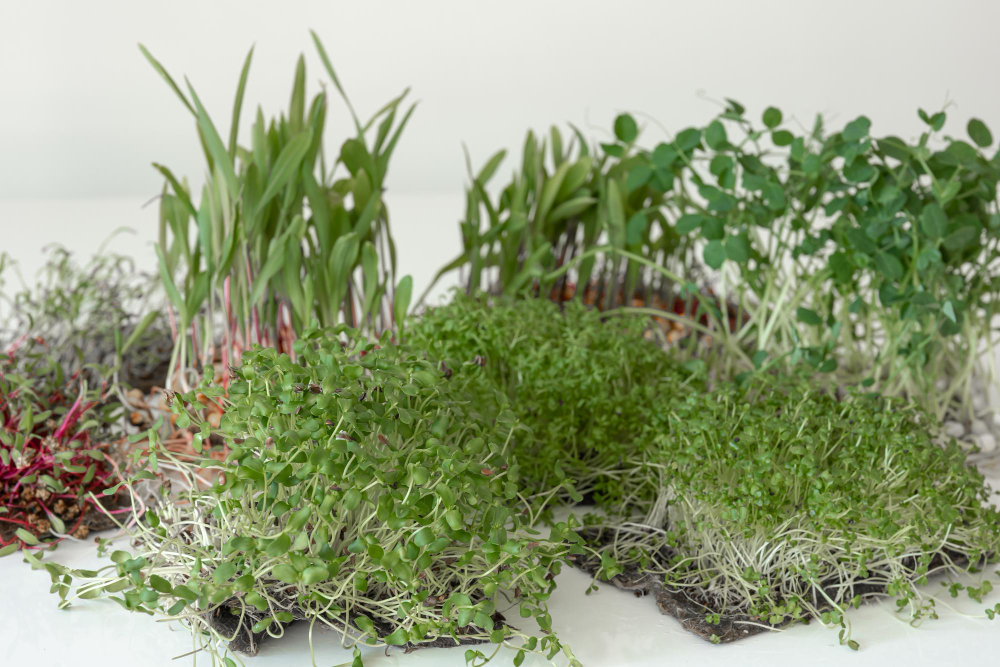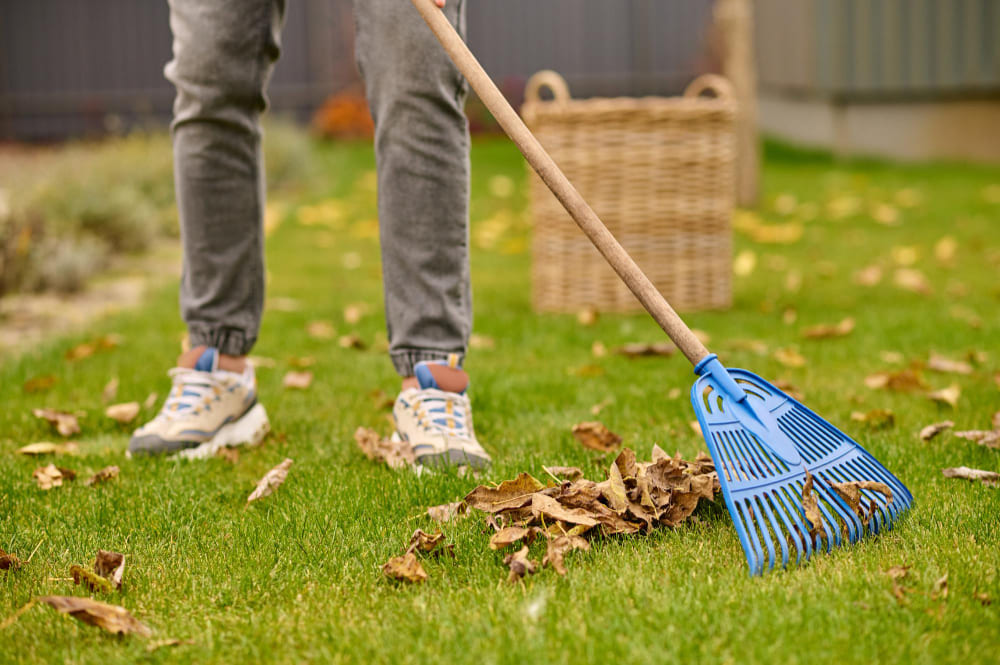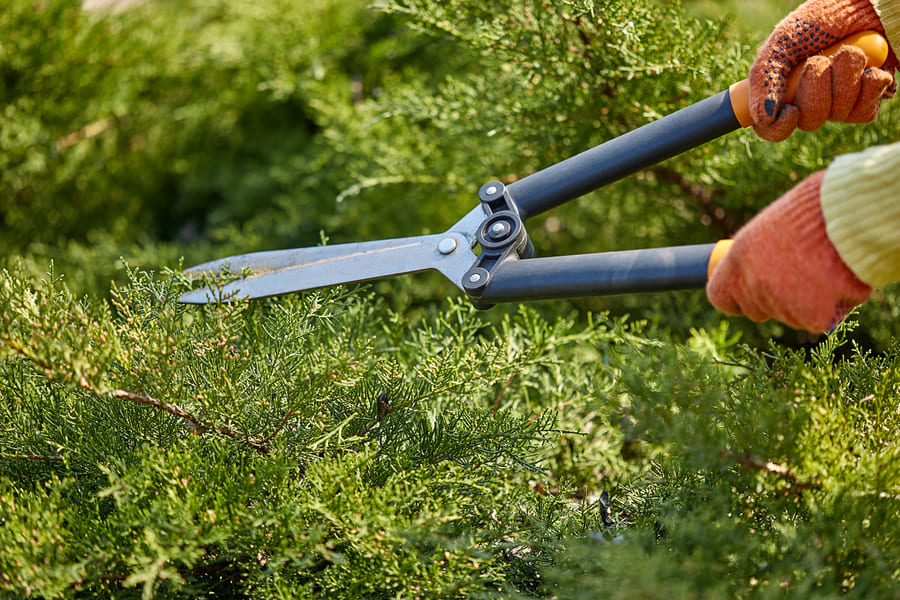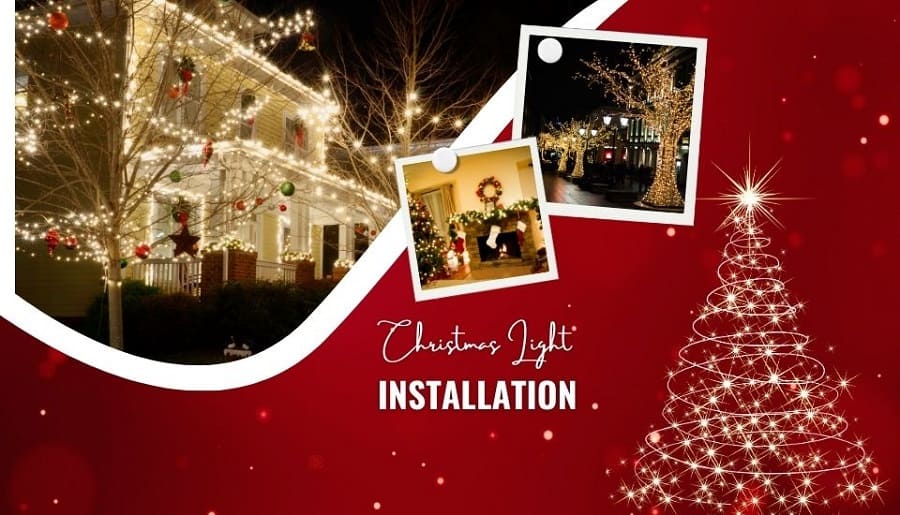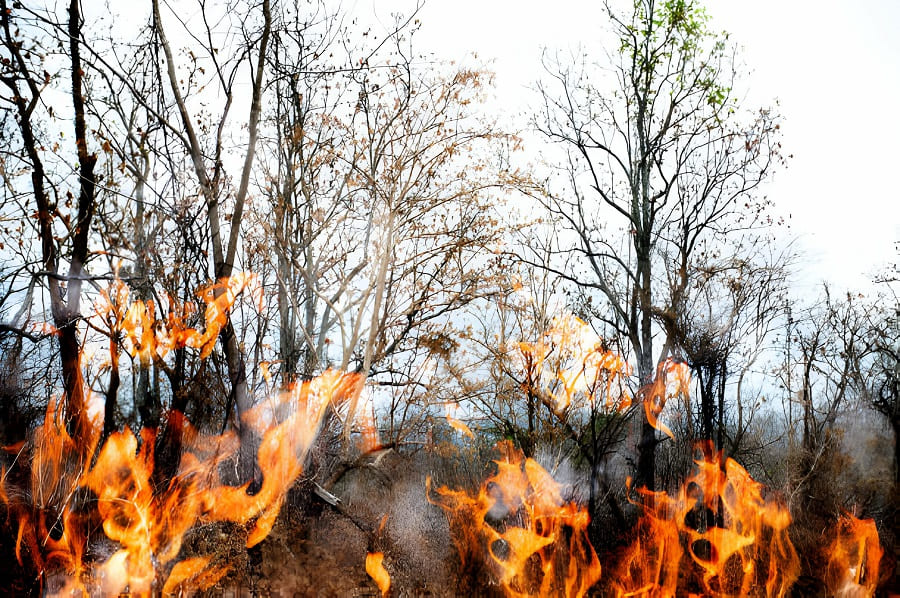If you’ve ever hung up holiday lights only to find mysterious bite marks or dark sections where the bulbs won’t turn on, squirrels might be the reason. These little critters are notorious for chewing through wires. It’s not just inconvenient, it can get expensive to replace strands, and in some cases, exposed wires can even be a fire hazard.
For many homeowners, this problem shows up after they’ve put in hours untangling cords, climbing ladders, and carefully arranging a display. Then, seemingly overnight, part of the setup goes dark. Instead of technical failure, the culprit is often a furry visitor with sharp teeth.
While it may not ruin your holiday season, it’s certainly an annoyance worth preventing before it leads to extra costs or safety concerns.
Stop Climbing Ladders and Start Enjoying the Holidays!
The best time slots for Christmas light installation disappear fast! Don’t let another year pass with a lackluster display or the headache of DIY work. Galena Lawn Care is your trusted partner for creating breathtaking, professional Christmas magic. Call 740-913-1599 immediately to speak with a holiday lighting specialist, or visit our booking page now to schedule your consultation and guarantee a dazzling, stress-free display this season!
Why Do Squirrels Chew on Christmas Lights?
Squirrels chew on wires for a few reasons. First, their teeth never stop growing, which means they constantly need to gnaw on things to keep them filed down. Unfortunately, the wires of your holiday lights make an easy and tempting target.
Another reason is curiosity. Squirrels are naturally inquisitive, and the shiny coating or the smell of certain materials can draw them in. Sometimes they’re even attracted to the warmth produced by lights, particularly if you’re using older incandescent bulbs.
Whatever the cause, the result is the same: damaged wires, dead sections of lights, and the potential for electrical hazards.
The Risks of Chewed Christmas Lights
It’s not just about the inconvenience of replacing strands of lights. Chewed wires can expose live electrical currents, which pose fire risks, not to mention the possibility of squirrels harming themselves in the process. If you have lights near dry leaves, mulch, or a wooden structure like a deck, the danger becomes even more serious.
Beyond safety, there’s also the cost factor. Replacing lights year after year adds up quickly, and if a squirrel damages an outdoor outlet or extension cord, you may have an even bigger expense on your hands.
How to Stop Squirrels from Chewing Christmas Lights
Here are some proven ways to keep your lights safe from squirrels this holiday season:
Use Taste Deterrents
Spray your wires with a taste repellent designed to keep animals away. Products made with bitter or spicy ingredients can discourage squirrels from chewing. Just make sure the spray is labeled as safe for outdoor use.
Protect Wires with Covers
Plastic conduit or flexible tubing can shield your wires. By creating a physical barrier, you make it much harder for squirrels to sink their teeth into the wires.
Hang Lights Strategically
Avoid draping lights too low on bushes or trees where squirrels have easy access. Instead, hang them higher or focus on areas closer to your home, like rooflines and windows.
Use Motion-Activated Devices
Motion-activated sprinklers or ultrasonic repellents can startle squirrels and keep them away from your decorations. These can also help deter other critters like raccoons or rabbits.
Switch to LED Lights
LED lights don’t produce as much heat as incandescent bulbs, which makes them less attractive to squirrels seeking warmth. Plus, they’re more energy efficient and last longer, making them a smart upgrade overall.
Additional Tips to Protect Your Holiday Display
Remove Nearby Food Sources
If your yard has bird feeders or easily accessible trash, squirrels will be more likely to hang around. Reducing their food supply can make them less inclined to bother with your decorations.
Trim Trees Near Your Home
Squirrels use tree branches as highways to access rooftops, wires, and decorations. Pruning branches that hang near your house can limit their access points.
Check Lights Regularly
Don’t wait until Christmas Eve to notice a problem. Walk around your yard once or twice a week to inspect your lights and wires for signs of chewing. Catching damage early can save your whole display.
When Prevention Isn’t Enough
Even with precautions, some squirrels are persistent. If you’re dealing with repeated damage despite your efforts, it may be worth contacting a local pest control expert. They can help assess the situation and recommend long-term solutions for keeping squirrels away from your property.
While it might seem like a small issue at first, the costs and safety risks can add up quickly. The good news is that with a mix of deterrents, protective measures, and regular maintenance, you can keep your holiday lights safe and shining all season long.
By taking steps now, you’ll avoid the hassle of replacing damaged lights and reduce the risk of fire hazards or electrical issues. That means you can enjoy your Christmas display for what it should be: a bright, cheerful symbol of the season.
Request your FREE, no-obligation custom quote right now to discover how affordable a truly spectacular, worry-free light installation can be!
